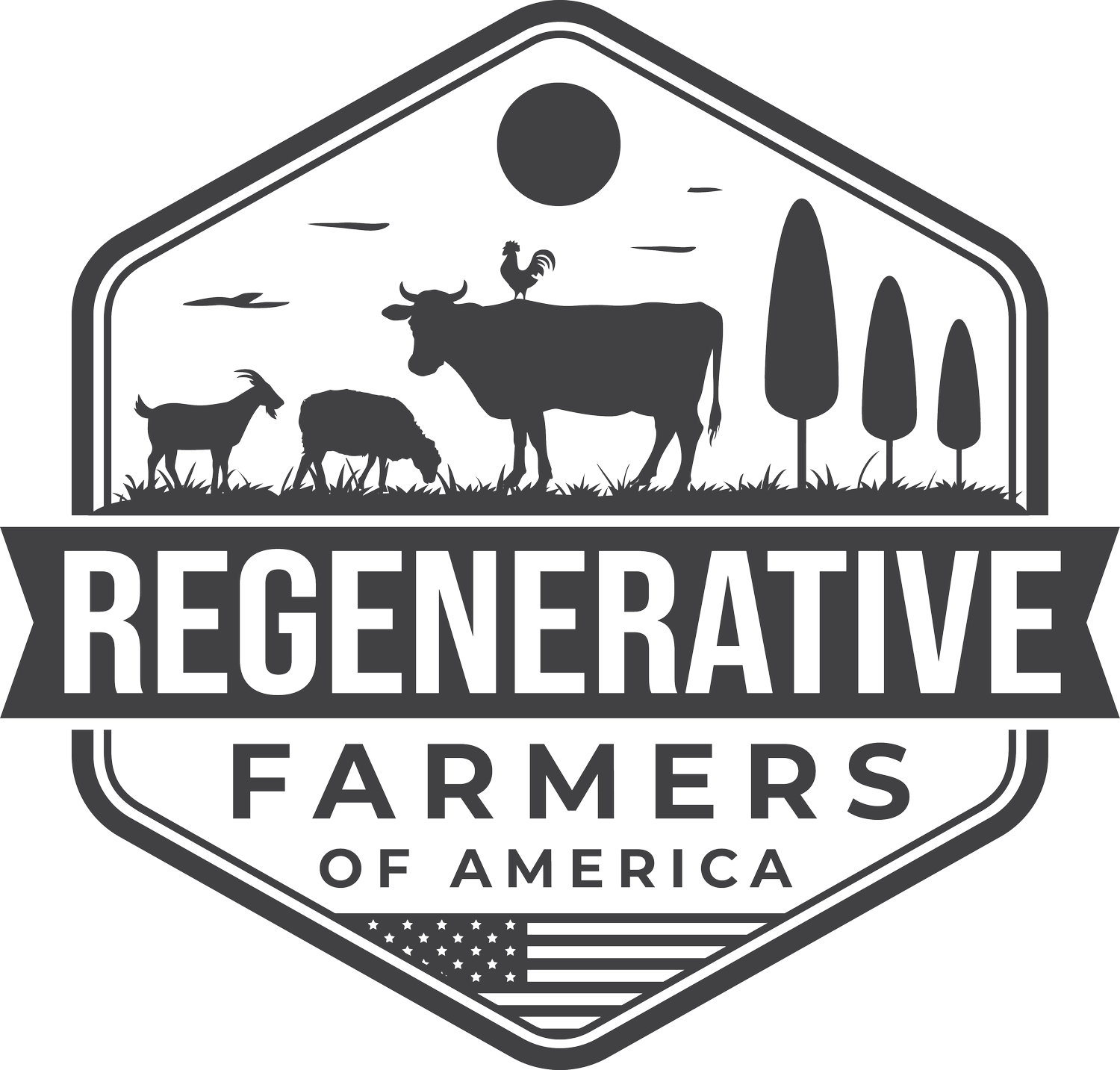6 Traditional Native American Gardening Practices used in Modern Permaculture Today
Many Native American tribes have a long history of regenerative agriculture and gardening practices that are now incorporated into modern permaculture techniques. These techniques include:
Intercropping: Intercropping is a practice where multiple crops are grown in close proximity to each other, maximizing the use of space and resources. This practice not only increases yield, but it also helps control pests and diseases by reducing the spread of pathogens, and improving soil fertility through increased root and biomass production.
The Benefits of Incorporating Traditional Native American Gardening Practices in Permaculture
Incorporating traditional Native American gardening practices in modern permaculture can provide a multitude of benefits. By integrating these practices, permaculture practitioners can increase soil fertility, reduce water usage, less need for fertilizers & pesticides, and promote biodiversity. Additionally, incorporating traditional Native American gardening practices in permaculture can also help to preserve cultural heritage and support indigenous communities. Overall, incorporating these practices can lead to a more holistic and sustainable approach to gardening and land management.
Six Traditional Native American Gardening Practices to Incorporate in Permaculture
Companion planting: Companion planting is the practice of planting certain crops near each other to enhance growth and deter pests. For example, planting marigolds near tomatoes can help keep pests like whiteflies and spider mites away from the tomatoes. This practice is based on the idea that certain plants can complement each other and provide mutual benefits, such as reduced pest damage, improved pollination, or better use of resources.
Crop rotation: Crop rotation is a practice where the type of crops grown in a specific area is alternated to maintain soil fertility and prevent disease. This helps reduce soil-borne diseases and pests, and also helps to balance soil nutrients and maintain soil structure. By rotating crops, farmers can ensure that the soil remains productive and healthy over time.
Use of cover crops: Cover crops are plants that are grown specifically to protect soil from erosion and enrich it with nutrients. These crops are often planted between harvest seasons and can help improve soil structure, fertility, and water-holding capacity. Cover crops can also help to control weeds, conserve water, and provide habitat for beneficial insects and wildlife.
See our content on cover crops here.Rainwater harvesting: Rainwater harvesting is the collection of rainwater for later use in irrigation. This is a sustainable practice that helps conserve water resources and reduce the dependence on treated water from public water systems. Rainwater can be stored in cisterns, barrels, or other containers, and then used to water plants during periods of drought or water scarcity.
Use of natural fertilizers: Natural fertilizers are organic materials, such as compost, animal manure, and green manure, that are used to fertilize crops. These fertilizers are rich in nutrients and help to improve soil fertility and structure over time. Using natural fertilizers reduces the dependence on synthetic fertilizers, which can be harmful to the environment, and helps maintain a healthy and productive soil ecosystem.
One such fertilizer is fish. Fish can be used as a source of nitrogen, phosphorus, and other essential nutrients for plants. To use fish as a fertilizer, gardeners can create a fish emulsion by grinding up fish and mixing it with water. This mixture can then be poured directly onto the soil around the plants, providing them with the nutrients they need to grow strong and healthy.Another way to use fish as a fertilizer is to plant fish directly into garden beds. If using this method, be aware that it can attract predators and asses if this method is right for you.
Agroforestry: Agroforestry is the integration of trees into agricultural systems to provide multiple benefits, such as food, fuel, and habitat for wildlife. This practice helps to increase the diversity and productivity of agricultural systems, while also providing environmental benefits such as carbon sequestration, erosion control, and improved soil health. Agroforestry systems can also help to support local communities and provide income from the sale of forest products.
One example of an agroforestry system is the alley cropping system.In an alley cropping system, rows of trees are planted alongside rows of crops. The trees provide shade for the crops, which can reduce water evaporation and improve the overall microclimate of the area. Additionally, the trees can improve soil fertility through the addition of organic matter as they shed their leaves, and also provide habitat for beneficial insects and animals.
To integrate traditional Native American gardening practices into modern permaculture, gardeners can experiment with intercropping, practice companion planting, rotate crops, use cover crops, harvest rainwater, fertilize with natural sources, and integrate trees through agroforestry.
Which of these techniques will you try in your garden or farm next?



